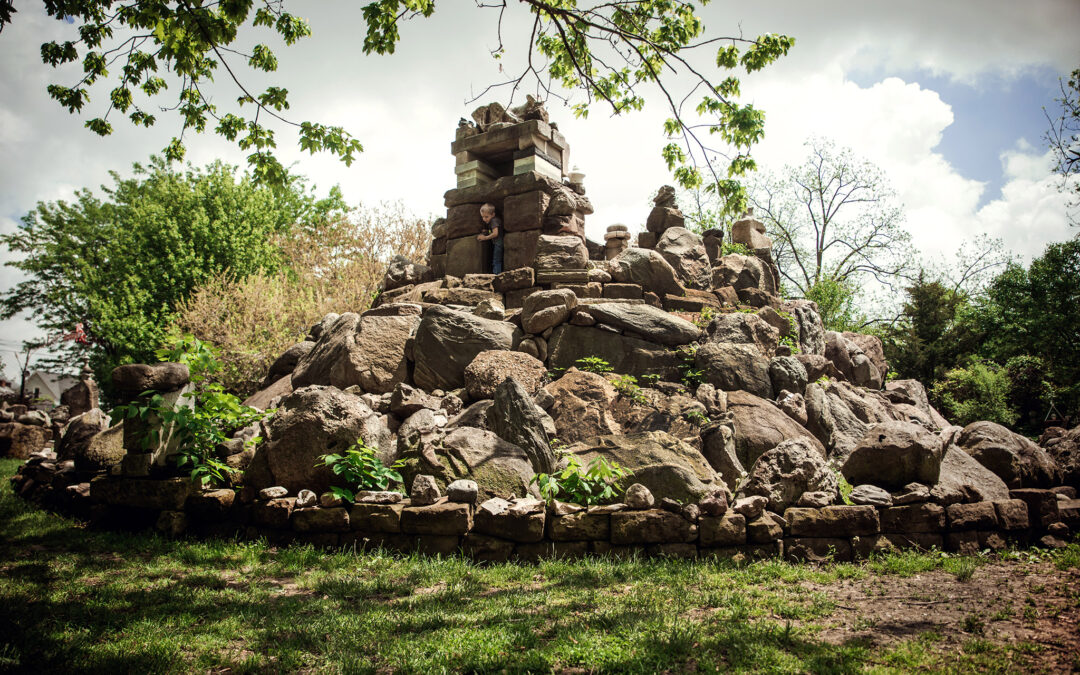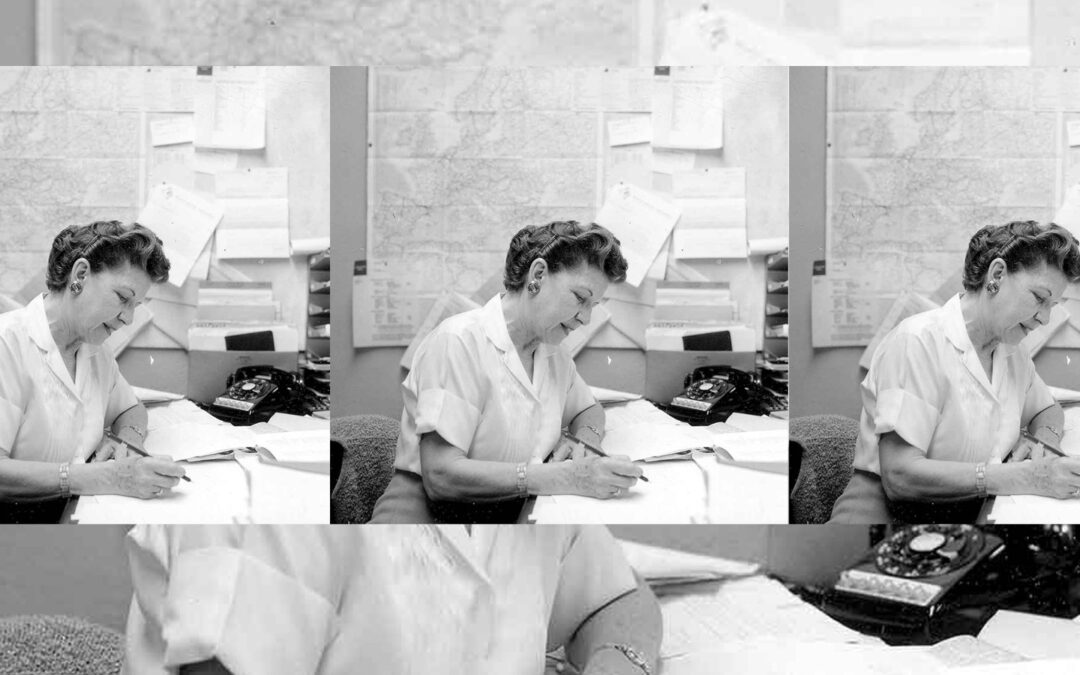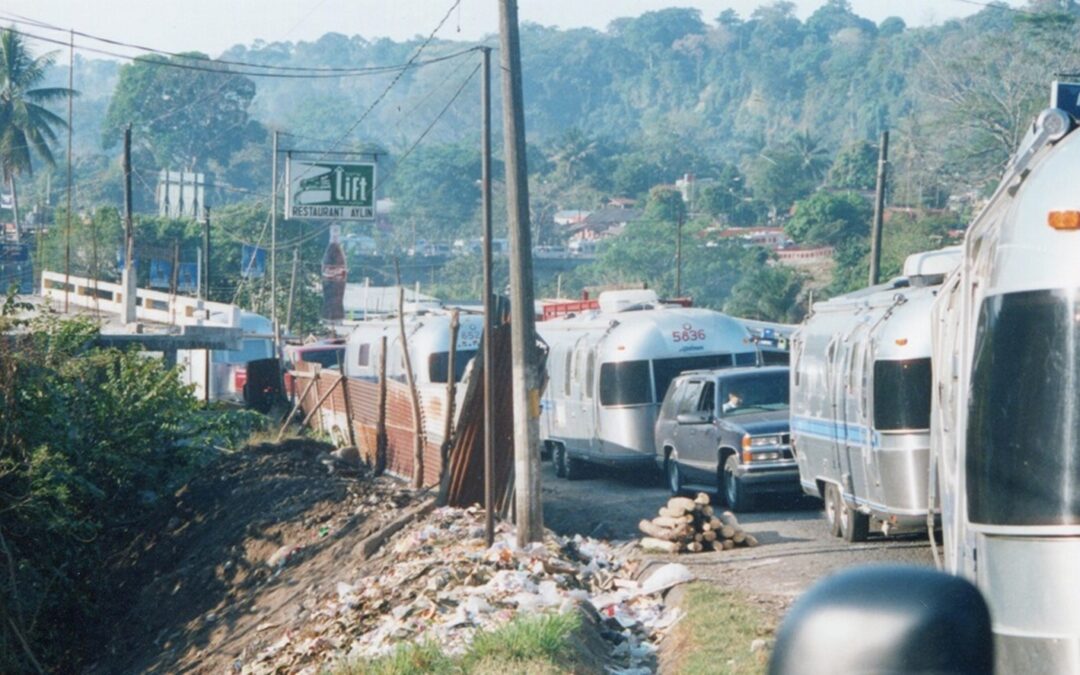Twenty-two years ago, the last two truly great adventure caravans were run – Airstream Company Caravans 255A and 255B, two sections of the 2001 50th Anniversary Caravan to Central America and Panama. We are fortunate that several members that were on those joint caravans remain in the Club today. One of those, Linda Andrzejewski, then BRN 16411, now BRN 811, has shared the attached story of her experiences on caravan 255A that she titled “The Trip of a Lifetime.” Caravan 255A was the first for Linda and her husband Dave. It inspired them to later become caravan leaders for WBCCI. Caravan 255B ran about five days behind 255A and was very similar. We are also fortunate that the Airstream Company leader of Caravan 255A, Darlene Leslie, BRN 29, is also still a Club member and has provided many of the photos that accompany Linda’s story.
Take it away Linda.
I know that when my husband first broached the subject of a trip to the Panama Canal, I said, “Sounds great, by plane or on a cruise?” He replied, “Drive!” My response was, “Yeah, right!” Well, on Dec. 15, 2000, we left North Waterboro, Maine and 28 days later, on Jan. 12, 2001, we rendezvoused in McAllen, Texas with 26 other Airstreams for a real- life adventure. We were all going to retrace the route Wally Byam took 50 years ago through Mexico and Central America via the Pan American Highway. Our trip would take us through Mexico, Guatemala, El Salvador, Honduras, Nicaragua, Costa Rica and finally to Panama and back to Texas again. This being our first caravan ever, we had no idea what to expect, which was perhaps a good thing as you will soon see from our rich adventures.
After two days of preliminary instructions, which included a very detailed travel log, vehicle and trailer document inspections at the Mexican border to ease our border crossing, and speakers from both U.S. Customs and Immigration, we were ready to go. That first morning, after we crossed the border into Mexico, I’d like you to picture this scenario. It was 5:15 a.m. and pitch black out. The fog was as thick as pea soup and the roadway was filled with pedestrians and much vehicle traffic. Then, our caravan of 27 Airstreams tried to make a difficult left turn across traffic and then a quick right turn. Needless to say, we lost a few trailers who continued straight, but the “Green Angels” (Mexican Safety Patrol) found them, brought them back, and soon we were all underway again. Driving the roadways was an interesting experience, as you never knew what you might encounter. First of all, the roads are narrow and there are no shoulders. The road just drops off, and since animals are free ranged, you’ll see anything in your path from chickens to donkeys, horses or even cows. At all hours of the day or night, you will see pedestrians walking and people riding bicycles, horses and donkeys because cars are not affordable to all.
One thing we had to get used to quickly were “topes” (equivalent to our speed bumps) which were usually three or four in a row at either the beginning or end of town or both. These were much bigger, higher and more pointed than we were used to back home. They jarred everything in your tow vehicle and trailer. To add to the fun, many of the topes were unmarked, so usually the first caravanner to hit these “mountains of concrete” would relay back via CB to warn the others. On the way back, several caravanners counted the topes. There were 358 for our entire trip, with 310 topes in Mexico alone. Most of the Pan American Highway was a two-lane rural highway. Hurricane Mitch in 1998 and this year’s earthquakes caused much of the current roadway damage. Lacking heavy-duty road equipment, most roadwork is done by hand which is clearly a very slow process. We encountered many detours of rough, uneven graveled roads and temporary bridges called “Bailey bridges.” Despite the driving challenges, most drivers were very courteous nearly everywhere we traveled — no “road rage” here.
Border crossings were always an adventure. You could depend upon the two-lane approach road being heavily congested with tractor-trailers parked on one side. The drivers could be seen lying in hammocks beneath their rigs waiting, and waiting, and waiting, sometimes as long as two days before their paperwork was completed to allow them to pass. Other traffic at the borders included oxcarts, foot traffic, handcarts, rickshaws, automobiles, buses and even goat herds. We crossed 24 borders in all. Some we breezed through in two hours, while the wait at others lasted as long as eight hours. Nothing is hurried, and if it was time for lunch, oh well, you’d just wait until they returned! The multitude of paperwork checked included original titles for both the vehicle and trailer, as well as VIN numbers of all vehicles, only then would the officials issue authorized vehicle papers and a visible sticker to authorize driving within the country. All borders required, and some enforced, agricultural inspections. Foods such as citrus fruits, certain raw vegetables, raw chicken or beef and raw eggs were among the many items that were not allowed in the country. The night before a border crossing, we would be busy cooking off such foods in order to be able to keep them. In some countries, we were required to have walk-thru inspections by military police or the border patrol. At other borders, the vehicles had to be fumigated for bugs by driving through a “car-wash.”
To add still more excitement to our drive, our new experiences were being caught on camera. We had the good fortune to have a Japanese film crew traveling with us documenting our trip. In the beginning, we were all a bit camera shy but once we got to know the crew, it got easier. You never knew when there might be a camera watching you as you enjoyed your latest new adventure. Actually, we all missed the crew when they flew home after we reached our final destination, Panama City. They really added some excitement to the trip. They treated us to a traditional Japanese dinner, which was prepared by several of the crew members with foodstuff brought with them from Japan. It was delicious to say the least. We understand that the 180 canisters of film that were shot will be made into a two-hour documentary for Japanese Public Television to have been aired in May 2001.
MEXICO
Days 1 thru 11 (Jan. 12-22)
Now that we had a better understanding of the logistics, our real cultural education was to begin. We soon learned that each country is truly unique. For example, while driving through Mexico, we saw a varied countryside. There were desert-like conditions with cactus, Joshua trees and short scrub as well as rolling hills with lush vegetation and groves of orange and banana trees. Did you know that bananas grow upside down? At one of our stops, we stayed in the small town of Tecolutla, where we parked our rigs right on the streets downtown. The townspeople were a delight and very interested in the silver “casa on wheels.” Several of us visited a local school where all children wear uniforms, the style and color of which depict their grade. The “school buses” were rickshaw bikes.
As we walked the streets, we noted the devastation caused by Hurricane Mitch. We learned that for three days, the entire town had been submerged under 10 feet of water. Many buildings, streets, boat docks and the town pier had been destroyed. Rebuilding has been slow but is progressing. During our stay here, we had the opportunity to visit the only vanilla factory in Mexico. We learned that the vanilla bean is actually the seed formed from an orchid plant that grows as a vine in the trees. The orchid must be pollinated by hand. The seed is green when picked and must be set outdoors in the morning to dry on straw mats and picked up each night before dusk. The entire drying time for the beans is nine months and then it is ready to be processed into the vanilla we know.
On our way to Veracruz, Mexico’s largest (and oldest) Gulf coast port, we traveled through rolling hills with larger mountains visible in the distance. We followed the coastline most of the way, driving through small Mexican resort towns. When we arrived at Veracruz, we were struck by the fact that despite being a large city with many hotels, the beautiful white sand beaches remain undeveloped for the people to enjoy. The ocean water temperature is always 70 degrees or warmer. While in the city, we toured a historical fort that was built in 1500 to protect the harbor, and later used as a jail. Only one prisoner ever escaped from there because the threat of sharks kept them from trying. This prisoner was able to evade the sharks by hiding in a 50-gallon barrel. Incidentally, his freedom lasted only seven years and he later died in the prison.
Panama Caravan History
Wally Byam led his first caravan to Central America in 1951-52 making it to Managua, Nicaragua by road and rail and then flying to Panama. Wally repeated this caravan, including the rail and flight portions, in 1958. From 1963 onward, several caravans succeeded in towing their Airstreams all the way to Panama by road. Here is a list of the Airstream Caravans that reached Panama one way or the other:
- 1 – 1951-52 Central America
- 17 – 1958 Central America
- Unofficial – 1963 “Highroaders” Airstream Caravan to Panama
- 41 – 1965 Pan American
- 108 – 1976 Central American Odyssey
- 118 – 1978 Panama Adventure
- 255A and 255B – 2001 50th Anniversary Caravans to Central America and Panama
Caravans 255A and 255B were co-led by a company called Adventuretours, much like current WBCCI caravans to Mexico are led by an outside company. This was because by 2001, Airstream had not led a caravan to Panama in over two decades, and it was much easier to engage an outside company that had recent experience crossing borders, finding campsites, and arranging local tours in Central America than to figure out those details themselves. As of 2023, it appears no company is running RV caravans to Panama anymore.




